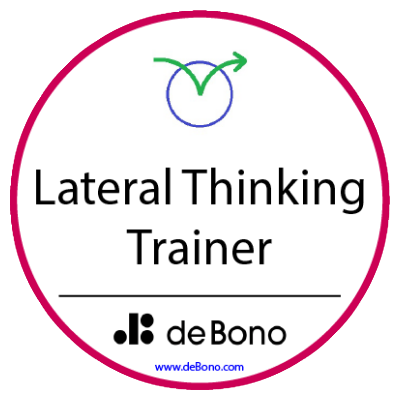
LIMITS AND INCONVENIENCES OF THE CURRENT WAY OF THINKING
As Professor Edward de Bono frequently pointed out, the current way of thinking has remained substantially unchanged for over two millennia and it is the one coined by the famous GG3 (the Gang of 3 Greeks), namely by Socrates, Plato and Aristotle.
The currently practiced thinking technique is the so-called "Adversarial Thinking" or "Antagonistic Thinking", based on the judgment of a situation as it is perceived. Judgement, which is expressed by putting the perception in a certain box/judgment category, immediately determines its evaluation and consequent actions. This type of thinking is rather lacking, both in that it is based only on what is immediately perceived, without verifying other perceptions of the same situation, and in that it applies rigid pre-packaged logical rules to the first perception evaluated with the judgment, which are not always suitable for determining actions appropriate to the situation as it arises. By practising the aforementioned technique, therefore, we are imprisoned in a logic bubble.
Logic and judgement, based on its rigid rules which puts perception into a certain category, are very useful for dealing with static and elementary situations (so-called "fixed points"), but are absolutely inadequate for managing more complex situations.
PARALLEL THINKING
The techniques I teach, on the other hand, are based on "Parallel Thinking" or "Design Thinking" or "Constructive Thinking", in which the perception of a given situation is enhanced and improved through frameworks that direct attention. This produces a series of parallel considerations/possibilities which are laid down alongside each other and which contribute to the design of the consequent actions. The actions designed through “Parallel Thinking” are highly effective and suitable for managing situations that arise from time to time, as they are based on an enhanced and not limited perception, such as the one we have inside the logic bubble in which we live when we practice the current way of thinking, immediately applying judgment to the natural and spontaneous perception we have of a given situation.
The frameworks used to implement "Parallel Thinking" consist of of the "Six Thinking Hats", which allow you to optimally exploit the various thought modes of which our brain is capable.
I am available to carry out a free trial, which you can request by clicking on the following button, as well as to give you all the information you need, which you can request by writing to me at info@potenziareilpensiero.it or by calling the telephone number +39 0861 243610.
FREE TRIAL



